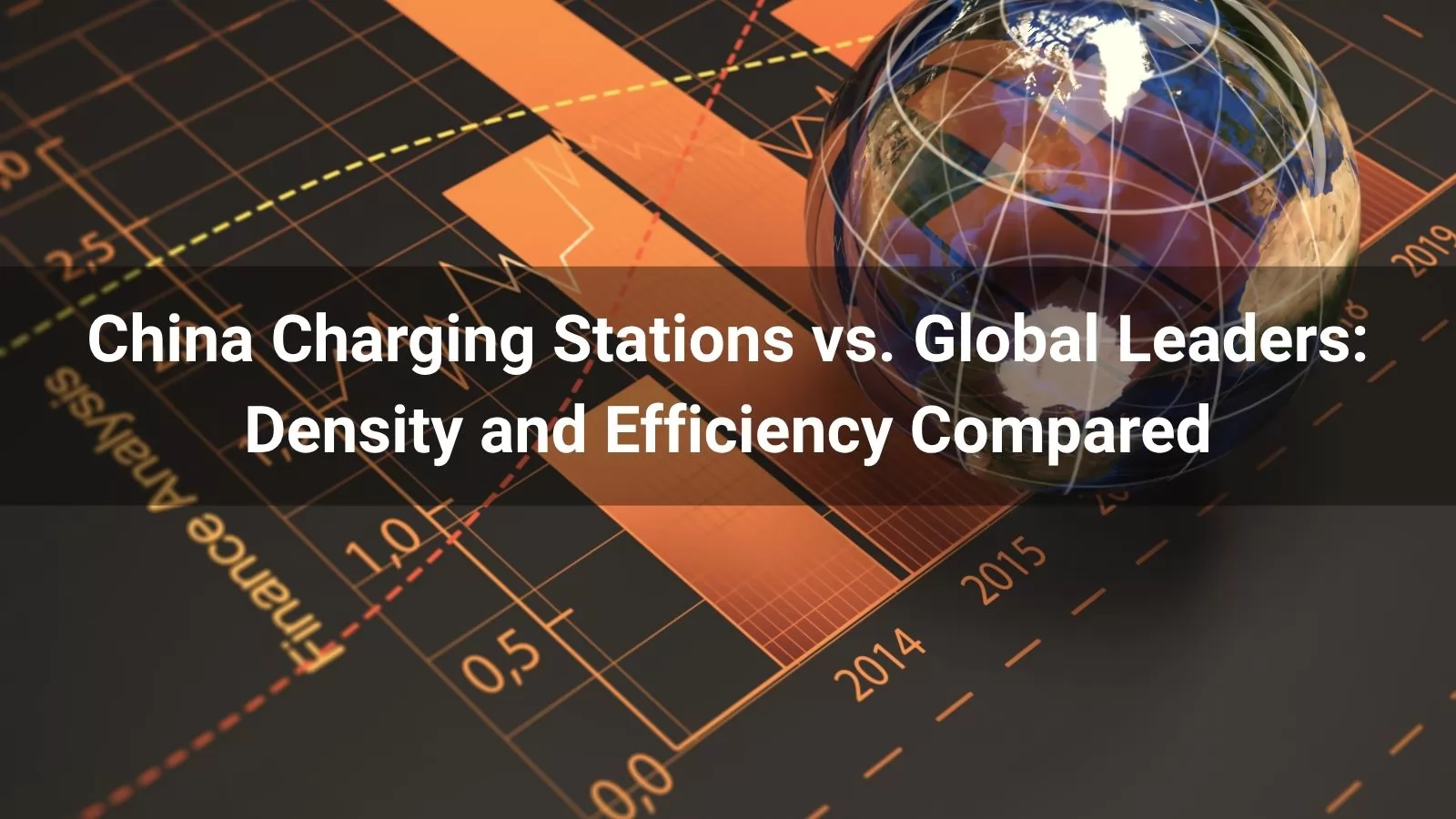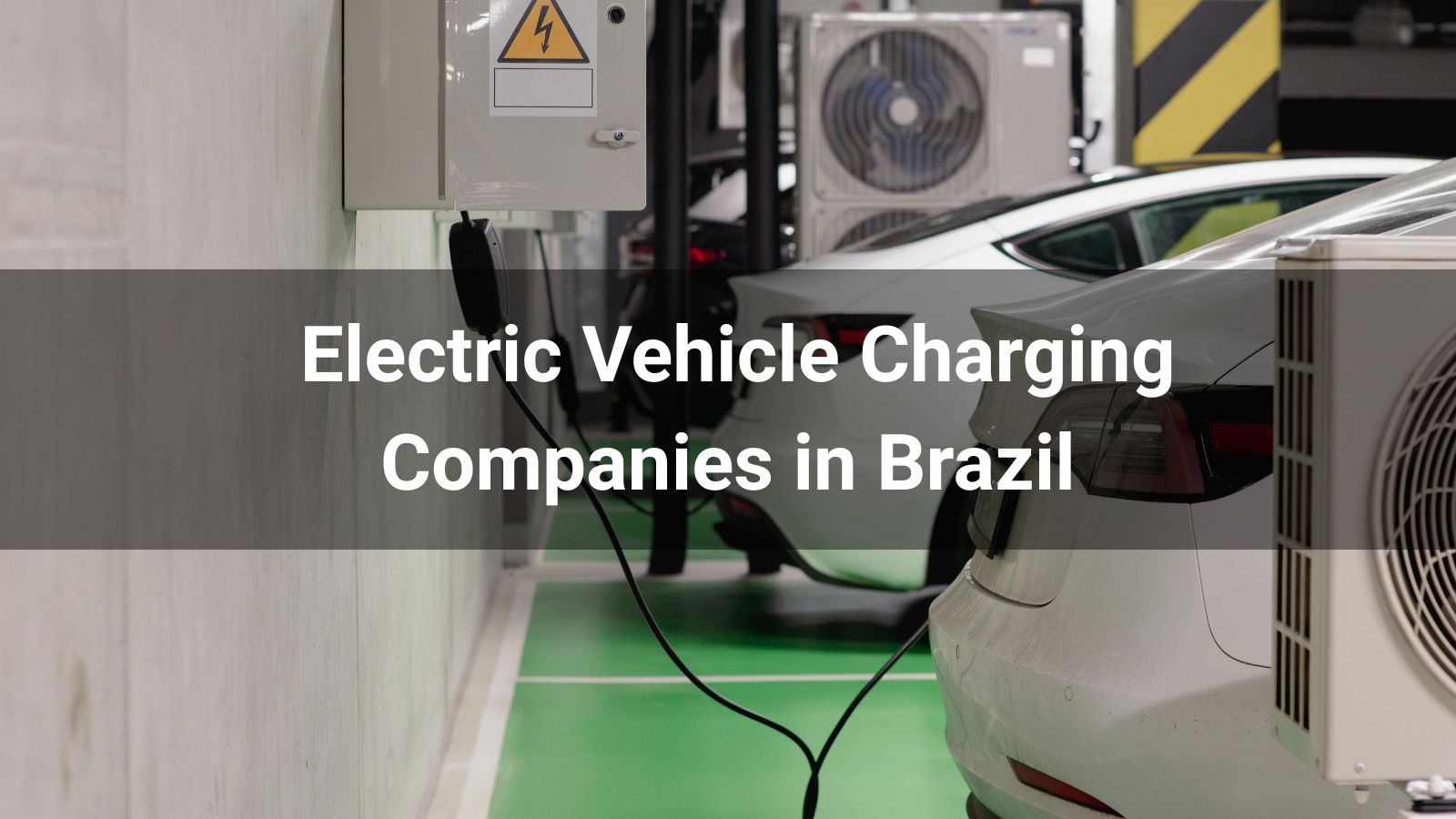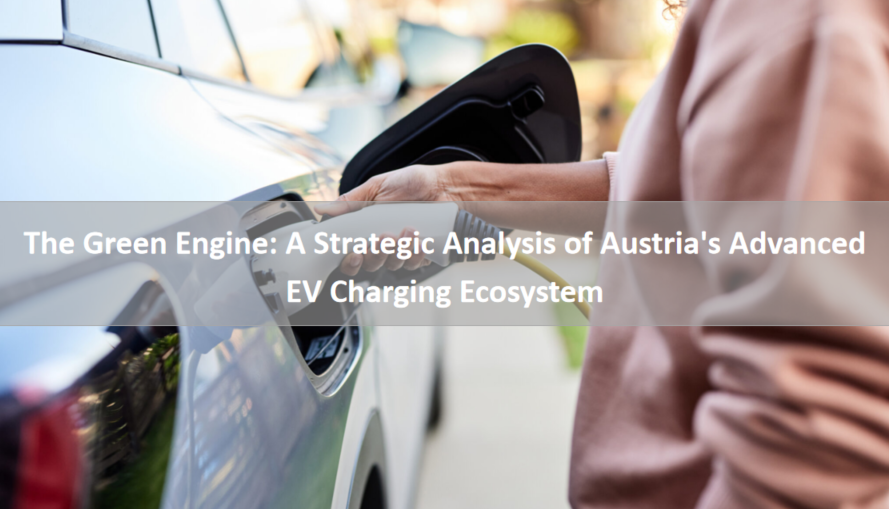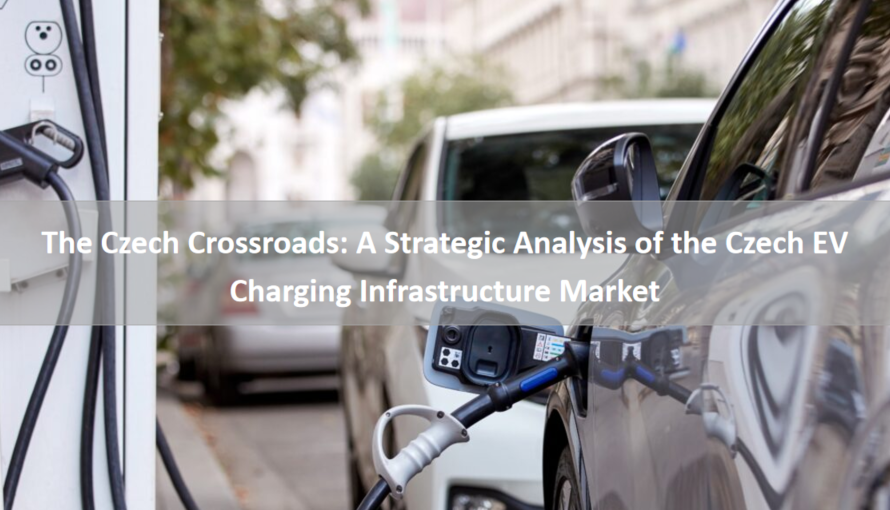
As the world races toward electrification, electric vehicle (EV) charging infrastructure stands as the backbone of sustainable mobility. China, with its staggering 16.7 million charging units as of July 2025, dominates in sheer scale, powering nearly 40 million EVs and consuming 7.71 billion kWh monthly. Yet, when pitted against global frontrunners like Norway and the United States, questions arise: Does quantity equate to quality? This article delves into the density—chargers per EV or per capita—and efficiency—speed, utilization, and grid integration—of China's charging ecosystem compared to these leaders. Drawing on the latest 2025 data, we uncover strengths, gaps, and lessons for a greener future.
China's charging network is a testament to ambitious policy and manufacturing prowess. By mid-2025, the country boasts 16.7 million chargers, including 3.76 million public units, up from 13.2 million at the start of the year—a 93% surge in additions. This explosive growth aligns with the 14th Five-Year Plan's goal of supporting over 20 million EVs by 2025, achieved through subsidies, standards like GB/T, and investments from giants like TELD and State Grid, which control 84% of public piles.
However, density tells a nuanced story. China's public charger-to-EV ratio hovers around 0.1 (one public charger per 10 EVs), far lower than the global average of 0.11, due to heavy reliance on private and shared home charging in dense urban areas where parking is scarce. Highway density lags at just 105 chargers per 1,000 km, compared to over 600 in leading markets, exacerbating range anxiety for long-distance travel. Regionally, coastal provinces like Guangdong lead with millions of piles, while inland areas trail, highlighting uneven distribution tied to GDP and population density.
Efficiency shines brighter. China's chargers are 40% more effective than in 2020, thanks to domestic manufacturing slashing DC fast-charger costs by 32%. Ultra-fast innovations—like BYD's Super-e platform adding 400 km in 5 minutes or Huawei's 1.5 MW systems—outpace global peers, with 30 V2G pilots optimizing off-peak usage (targeting 60% by 2025). Monthly usage hit 7.71 billion kWh in July 2025, up 54% year-over-year, but low utilization (around 25% in cities like Beijing) signals overbuild in urban cores versus underserved highways.
Norway, the EV adoption gold standard, redefined charging with incentives that propelled 96.9% of January 2025 new car sales to EVs, boasting an 18% fleet penetration. Its network includes over 9,000 fast chargers (35% of total stock), achieving a highway density of 654 per 1,000 km—six times China's—and 90% coverage every 50 km.
Per capita, Norway leads with 447 chargers per 100,000 people, dwarfing the UK's 89, and its EV-to-public-charger ratio is about 1:1 in urban areas, bolstered by home charging ubiquity. Efficiency is high: 20% of chargers are highway fast units (up to 1 MW pilots), supporting seamless long-haul trips with minimal wait times. Yet, growth slowed in 2024, with a vehicle-to-point ratio rising to 24:1 overall, prompting calls for 2,000 more fast chargers to hit 2025 goals.
Norway's model—tax exemptions, toll waivers, and private firms like Easee installing 300,000 units—prioritizes user experience over volume, making EVs cheaper to own than ICE vehicles.
The United States trails with 200,000 public chargers in 2025 (up 19% from 2024), serving 3.5 million EVs—a ratio of 18 EVs per charger, worse than Europe's 10:1 average. Highway coverage is spotty: Only 35% of interstates have chargers every 50 km, versus Europe's 75%, with regional disparities—70% in the Pacific Northwest but just 20-30% in the Midwest.
Efficiency varies: Tesla's Superchargers dominate fast charging (adding ~100 km in 5 minutes), but overall speeds lag China's ultra-fast tech, and grid upgrades delay megawatt pilots. The $5 billion National EV Infrastructure Program has disbursed only $30 million by late 2024, stalled by reviews under Executive Order 14154. States like Delaware and California lead the EV Index, but national utilization remains low outside urban hubs.
To compare apples-to-apples, consider these key indicators (2025 data):
| Metric | China | Norway | United States |
|---|---|---|---|
| Total Public Chargers | 3.76 million | ~20,000 (incl. 9,000 fast) | 200,000 |
| Chargers per 1,000 EVs | ~94 (total incl. private) | ~150 (high fast share) | ~57 |
| Highway Density (per 1,000 km) | 105 | 654 | ~200 (avg.) |
| % Fast/Ultra-Fast Chargers | 20-30% (up to 1.5 MW) | 35% (up to 1 MW pilots) | 15-20% (up to 350 kW) |
| Monthly Energy Usage (GWh) | 7,710 | ~500 (est.) | ~2,000 (est.) |
| EV-to-Public Charger Ratio | 10:1 | 24:1 (but dense urban) | 18:1 |
Sources: IEA Global EV Outlook 2025, ICCT 2024 Monitor, Roland Berger EV Index 2025.
China excels in volume and speed, but its low highway density (105 vs. Norway's 654) burdens intercity drivers. Norway's per-capita density (447/100k) and fast-charger focus ensure efficiency for its high-penetration fleet, while the US grapples with sprawl, averaging lower ratios but accelerating via private networks like Electrify America.
China's model—early infrastructure bets and tech leaps—has globalized EVs, but density gaps underscore the need for balanced rural/highway expansion. Norway proves incentives plus targeted density can normalize EVs, inspiring Europe's AFIR mandate for 150 kW chargers every 60 km by 2025. The US must streamline funding to match Europe's 27% growth, aiming for 800,000 chargers by 2030.
Ultimately, success lies in integration: V2G for grid resilience, AI for utilization, and data-sharing for national databases. As Roland Berger's 2025 EV Index crowns China first, Norway second, and the US third, the race isn't just about building more—it's about building smarter. With global EV sales hitting 15.9 million in 2025, collaborative evolution will charge us toward net-zero horizons







